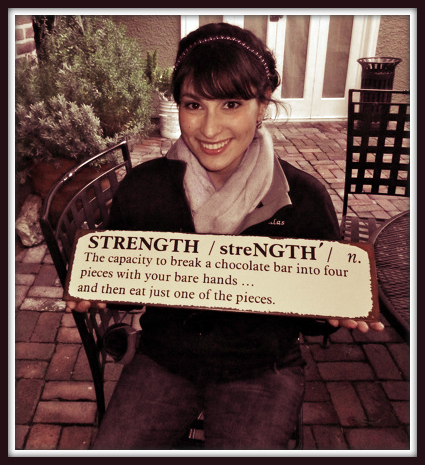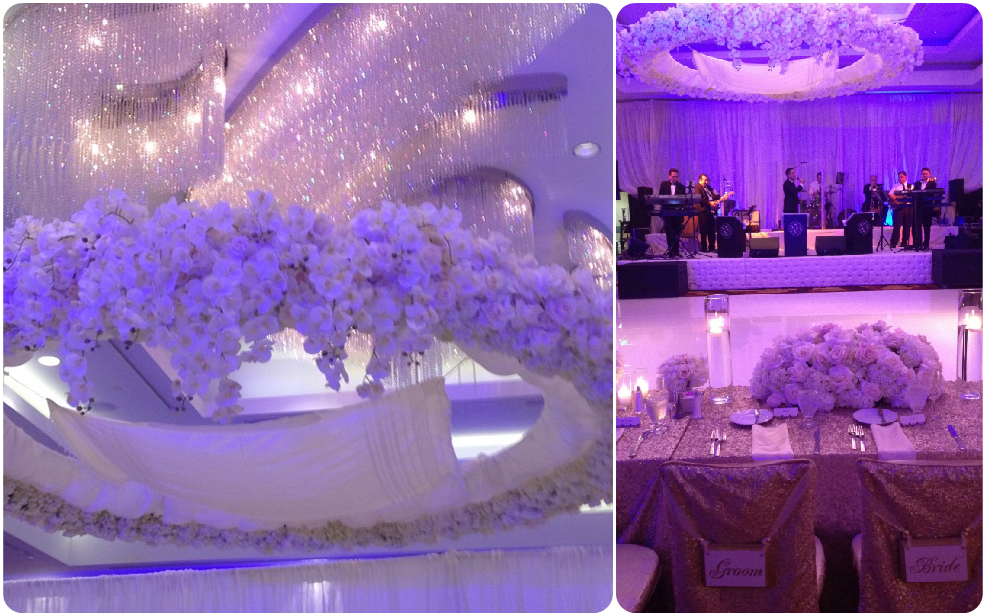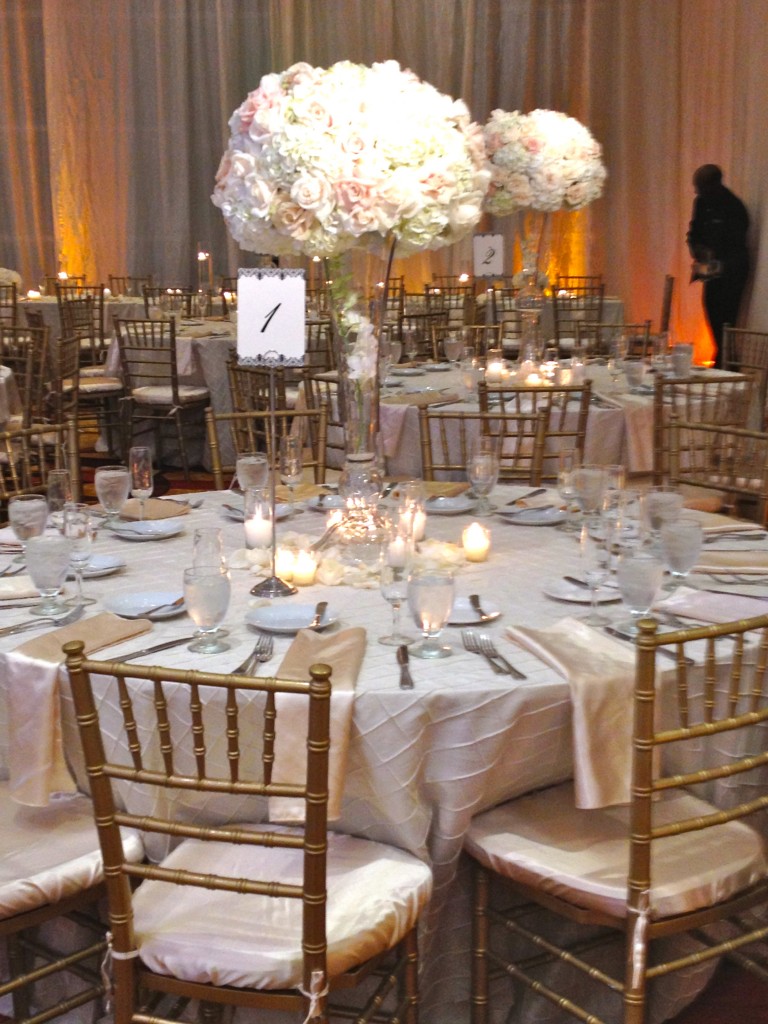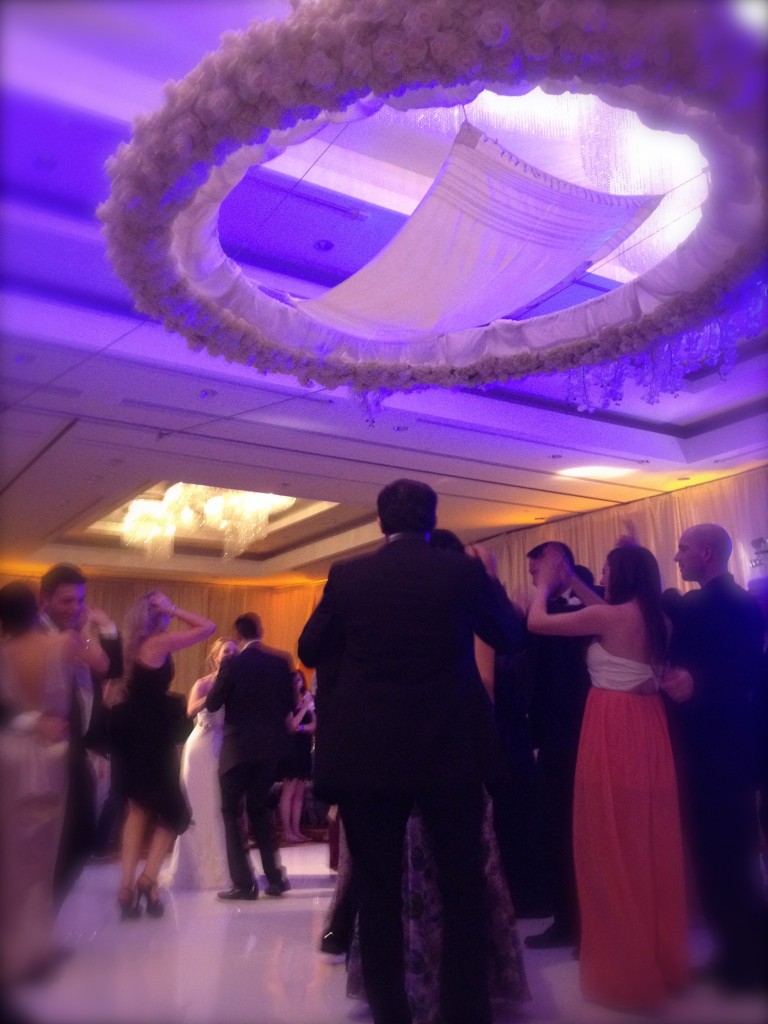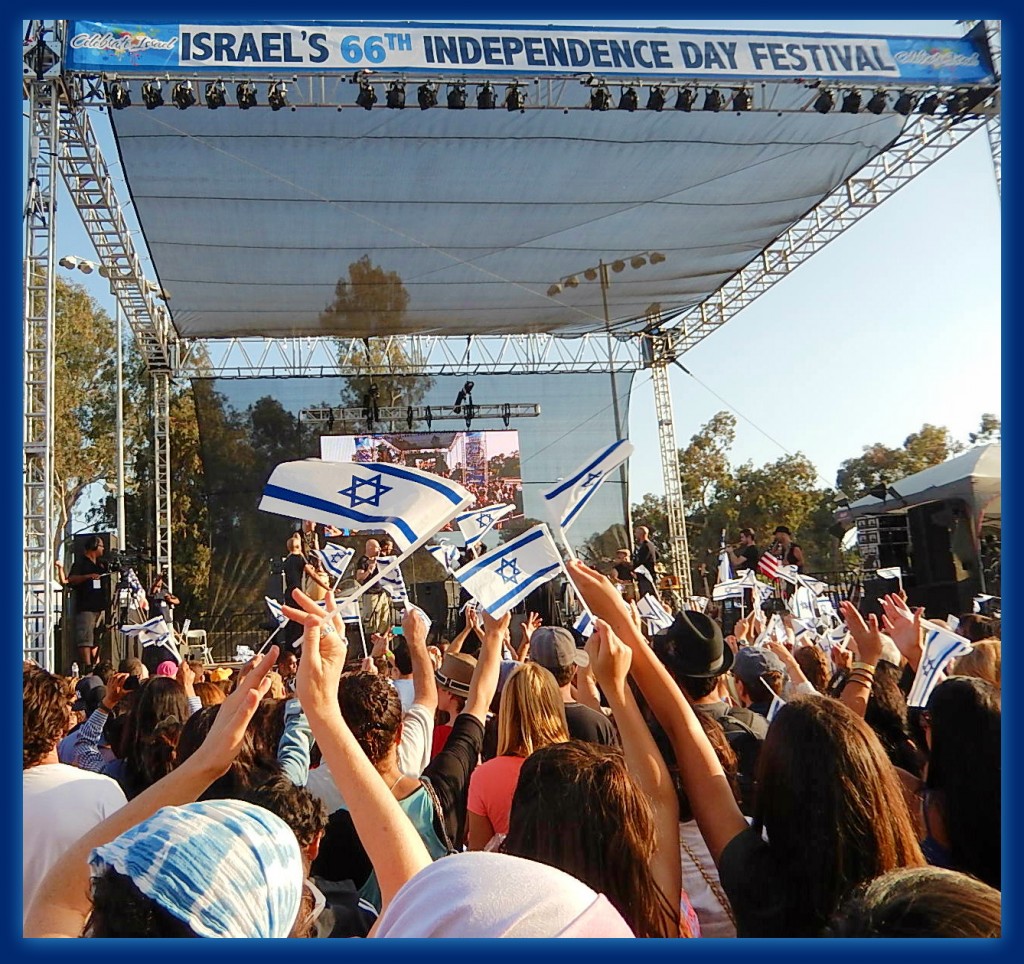 Yom Ha’Atzmaut, Israel’s independence day, is my favorite holiday and the inspiration for the best thing that happens in Los Angeles all year long: the Celebrate Israel Festival! Annually, the Israeli American Council (IAC) teams with other Jewish organizations and sponsors to throw a massive celebration of all things Israel.
Yom Ha’Atzmaut, Israel’s independence day, is my favorite holiday and the inspiration for the best thing that happens in Los Angeles all year long: the Celebrate Israel Festival! Annually, the Israeli American Council (IAC) teams with other Jewish organizations and sponsors to throw a massive celebration of all things Israel.
This year, 20,000 (!) people came together to celebrate Israel. The organizers’ creativity never ceases to amaze. Camels and carnivals and gaga, oh my! Feel free to vicariously attend through me.
“The Celebrate Israel Walk” kicked off the day. So many people came out to sing and dance down LA’s streets, clothed in blue-and-white wear and Israeli flags.
 Never one to pass up an opportunity to dress in themed attire, especially when it comes to Israel, my friend Miri and I expertly demonstrate Israel Swag Style.
Never one to pass up an opportunity to dress in themed attire, especially when it comes to Israel, my friend Miri and I expertly demonstrate Israel Swag Style.
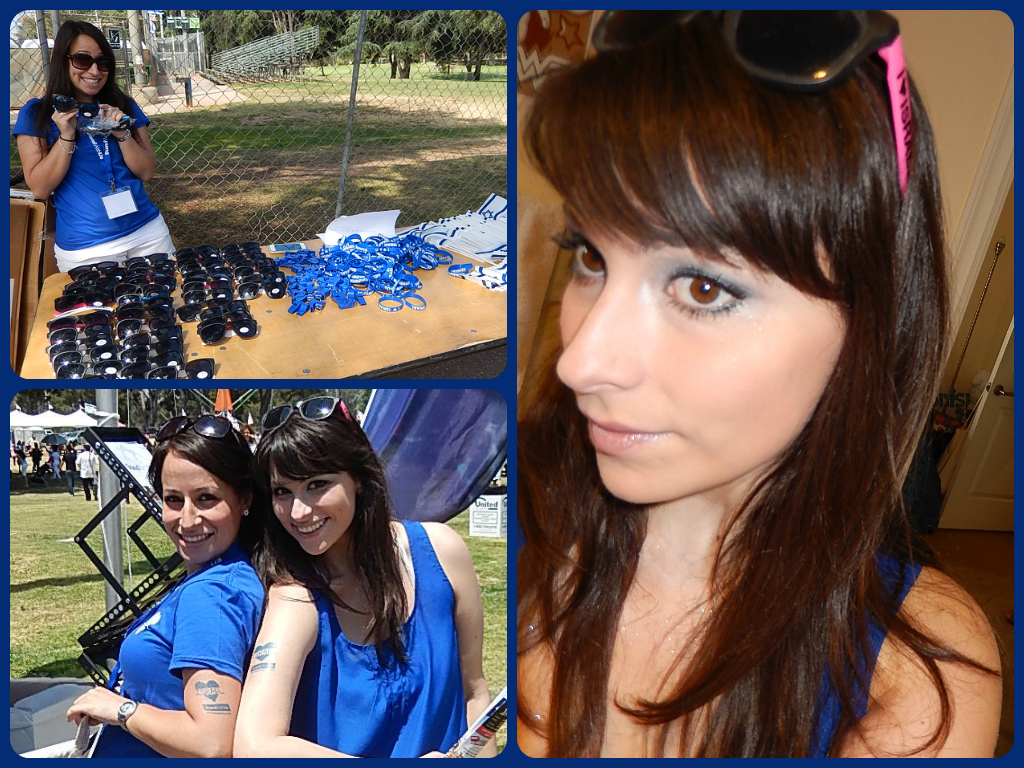
(**Important: Go heavy on the blue and silver glitter. You’ll know you’re wearing enough when a trail of sparkles follows you wherever you go and sticks to everyone you hug.)
Miri and I show off our “I Heart Israel” temporary tattoos…totally kosher!
Rinat, the star of a popular Israeli children’s show, performed to an enthusiastic group of yeladim (kiddos).
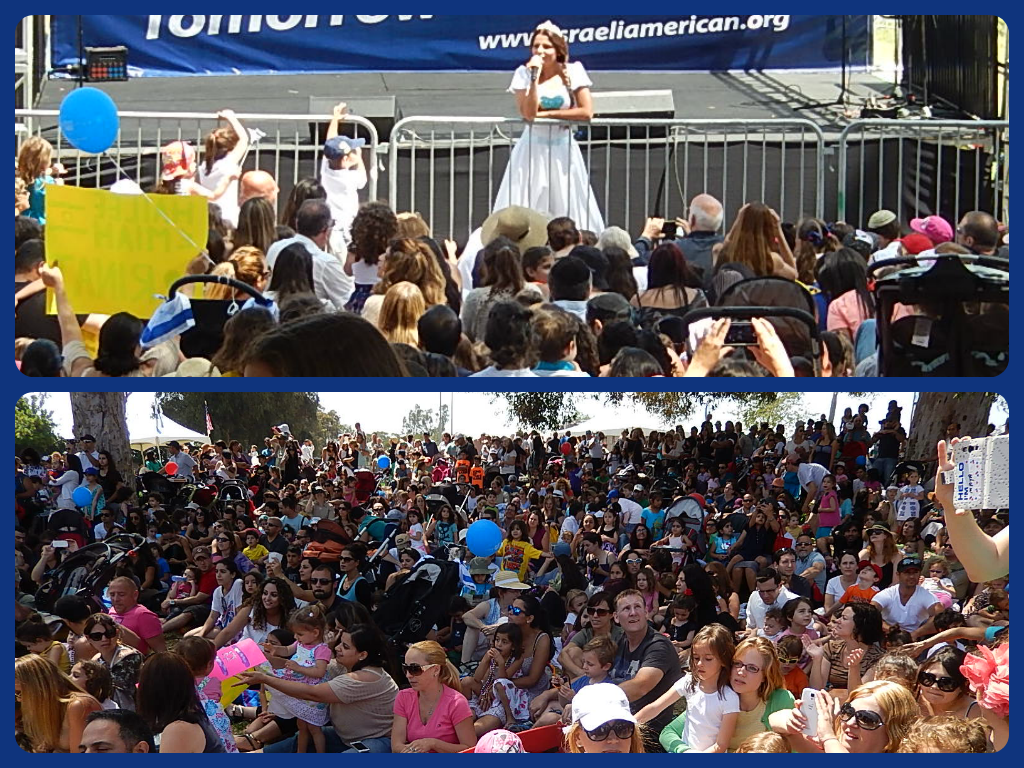 Huge roller coasters and moon bounces, tons of carnival games and artists, Jewish organizations representing the whole of Jewish life, Israeli food and ice cream, drum circles, Israeli scouts, arts and crafts, and sooooo much more. I spent the entire day in the sunshine exploring and celebrating Israel.
Huge roller coasters and moon bounces, tons of carnival games and artists, Jewish organizations representing the whole of Jewish life, Israeli food and ice cream, drum circles, Israeli scouts, arts and crafts, and sooooo much more. I spent the entire day in the sunshine exploring and celebrating Israel.
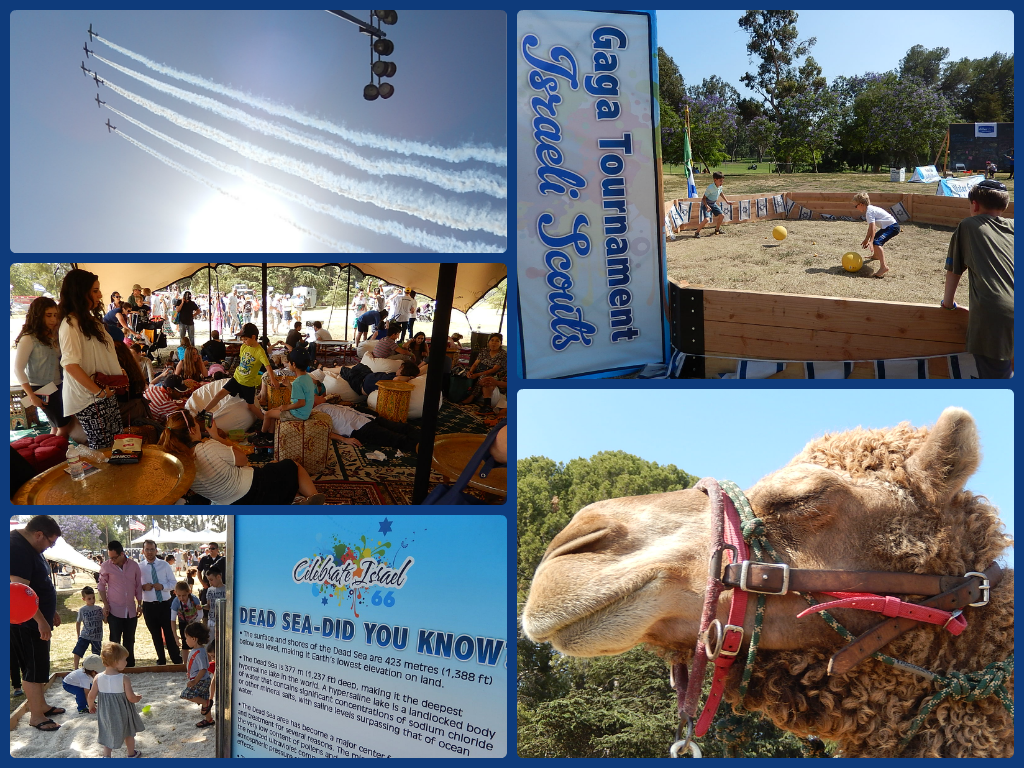
you might remember from summer camp; a camel contentedly smiling between rides;
a sea salt box replaced your ordinary sandbox to teach kids about the Dead Sea;
and the Moroccan tent provided a shady place to rest.
For the grand finale, The Idan Raichel Project performed. Famous for fusing all the sounds of Israel, thousands danced and waved Israeli flags, creating a blue-and-white sea for as far as the eye could see.
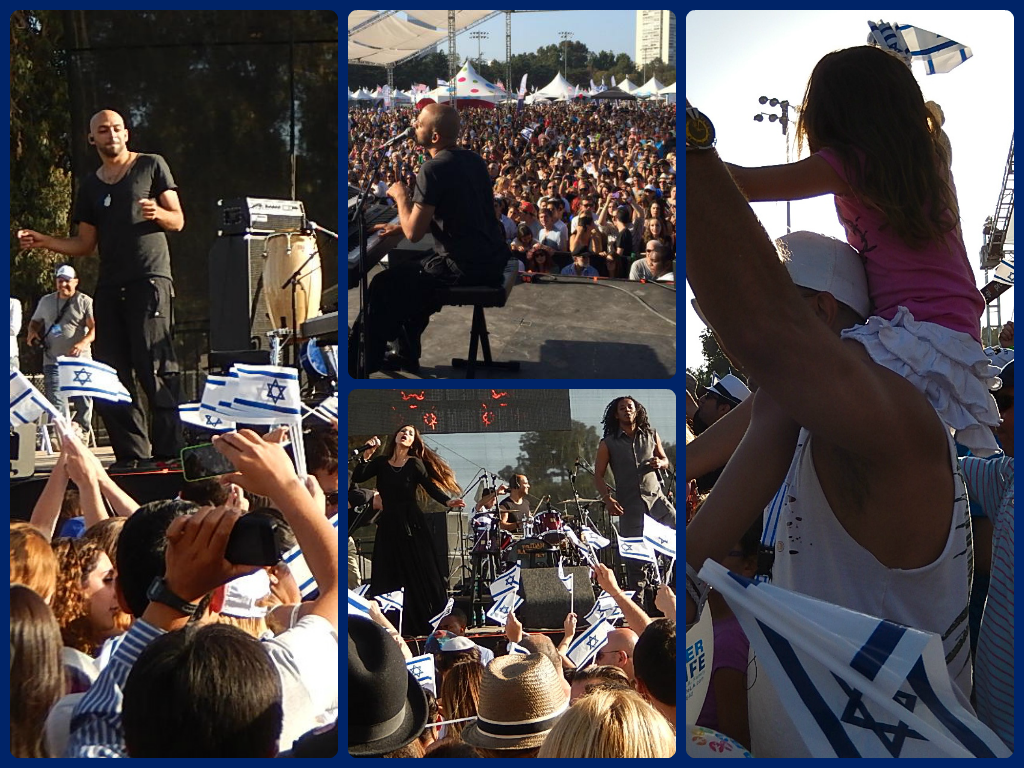
Big kudos to all the organizers, some of whom I know and who inspire me with their enormous generosity and true love for Israel. What a gorgeous day! The best! I’m bustin’ with Jewish love and pride.
Share This PostFollow Me

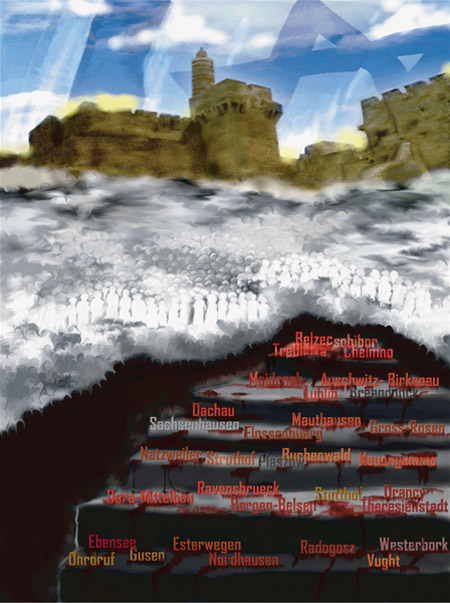
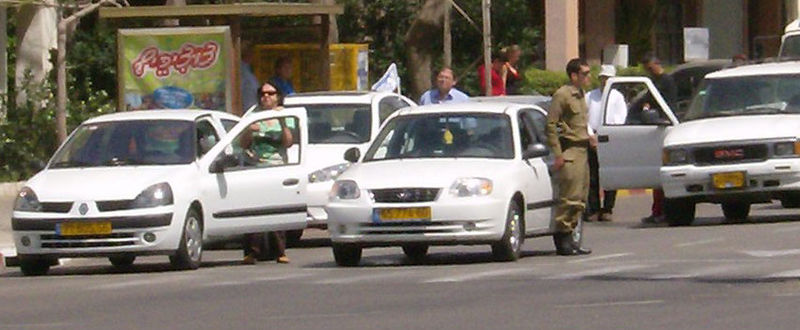 On both Yom HaShoah and Yom HaZikaron sirens blare across Israel. Everyone stops their car, stands at attention, and gives a moment of silence to honor and remember.
On both Yom HaShoah and Yom HaZikaron sirens blare across Israel. Everyone stops their car, stands at attention, and gives a moment of silence to honor and remember.